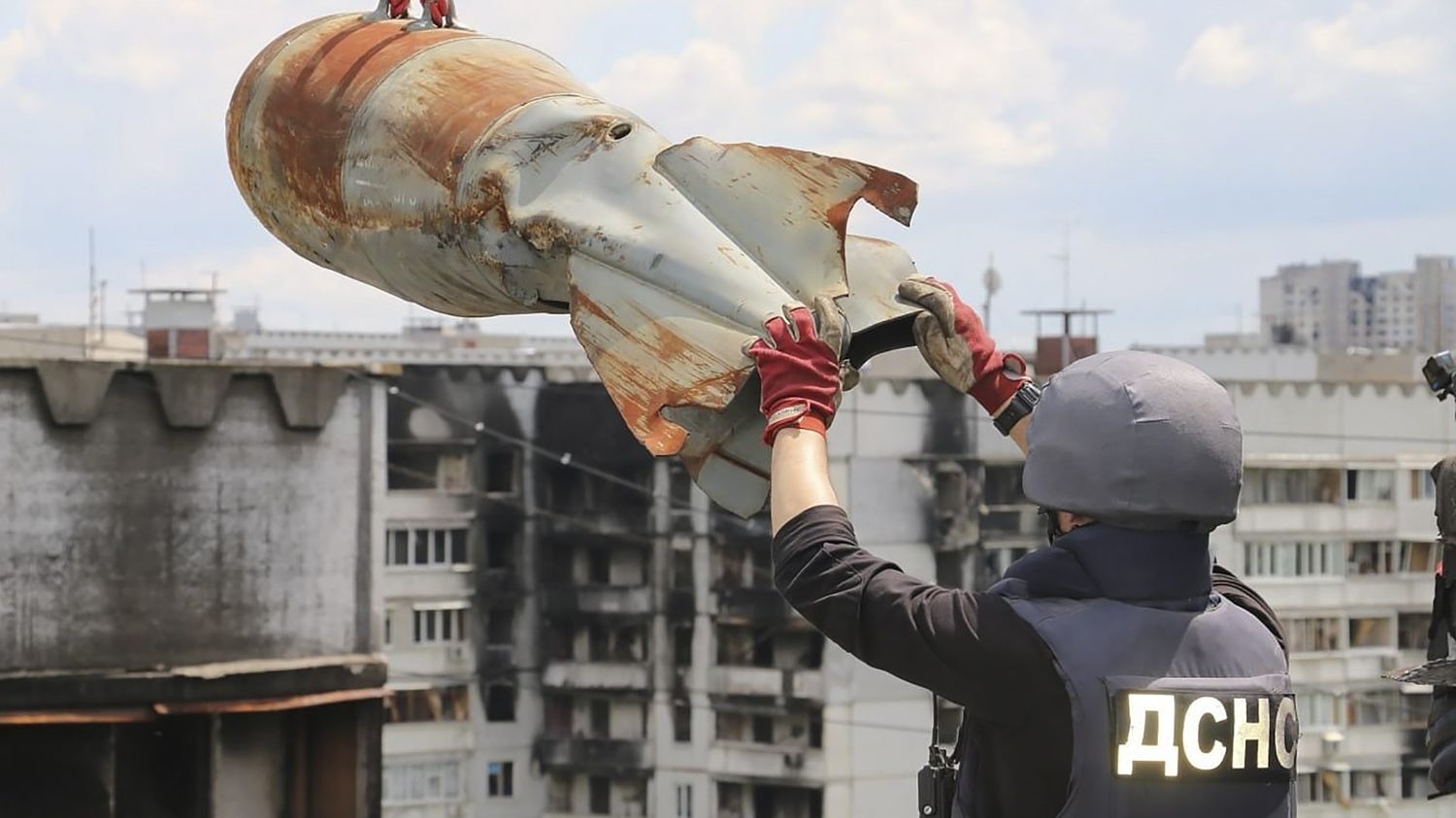By transforming old ammunition from the 1970s, Russia continues its war cheaply, while using technology too old to be detected by Ukrainian anti-aircraft defence.
Article written by
Posted
Reading time : 1 min.

The Russian army is tinkering with 500 kilo bombs. This is the conclusion of several military officials, Ukrainian and American, who revealed this week that the Russians had adapted their stock of old ammunition, while Ukraine is preparing its counter-offensive.
>> Moscow accuses kyiv of “terrorism” after intercepting four drones near Moscow: follow our live
These Soviet-era FAB-500 type bombs are modified to pass through Ukrainian anti-aircraft defence. Normally, after being dropped from an airplane, these old munitions fall vertically. But with a few welds to attach the fins and a basic guidance system, these large calibers manage to hover and therefore increase their range.
Almost undetectable by the air defense system
These modifications bring considerable advantages. First for the Russian planes which drop them, and which can thus stay away from the surface-to-air missiles of kyiv. Then because, as they have no engine, these bombs go almost unnoticed. “An anti-aircraft defense is made to intercept missiles or planes that have an infrared signature because they emit heat, explains Stéphane Audrand, consultant in international risks and armament specialist. The problem with these bombs is that they don’t emit anything and they go extremely fast, like they are free-falling bombs.”
“The reaction time of air defense must be quite short, and not all air defense missiles can go and hit this kind” bombs, continues Stéphane Audrand. The ideal for kyiv would then be to be able to directly hit the planes that drop them. The delivery of American F-16s to Ukraine could make this possible. In the meantime, Moscow continues to draw on this large stock dating back to the 1970s. A way to continue the war at a lower cost, and to preserve its most sophisticated missiles.
